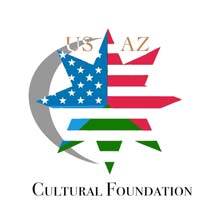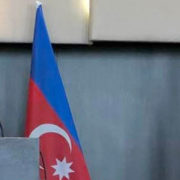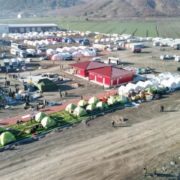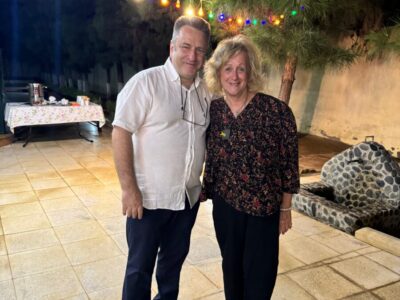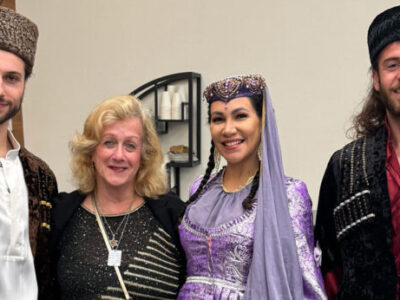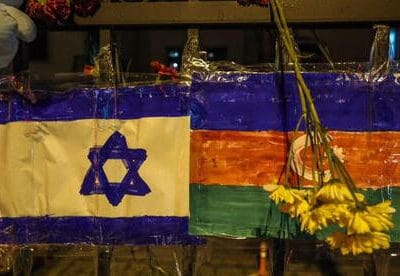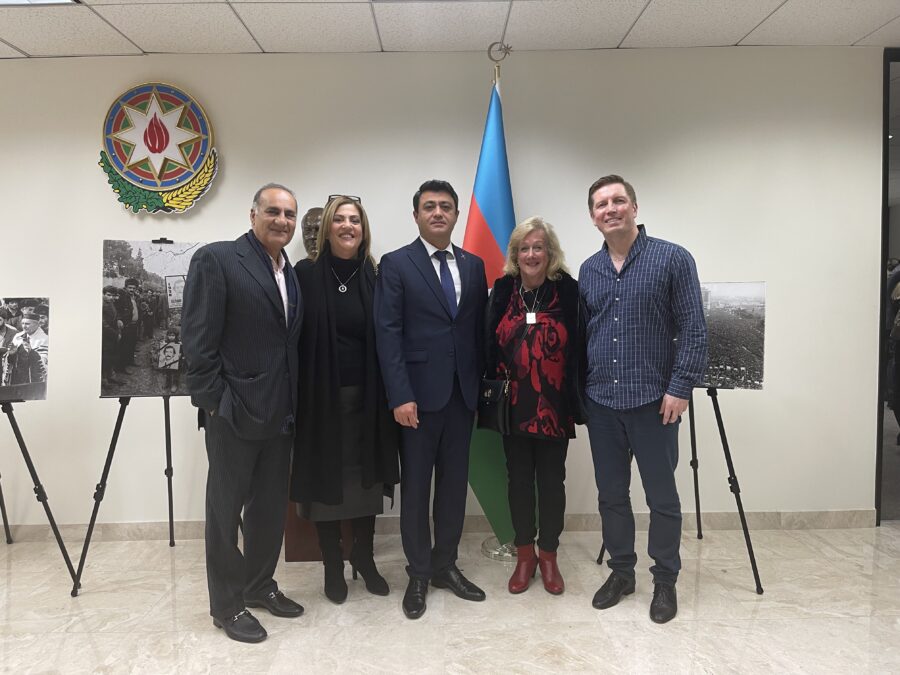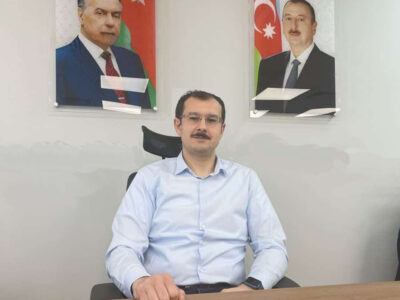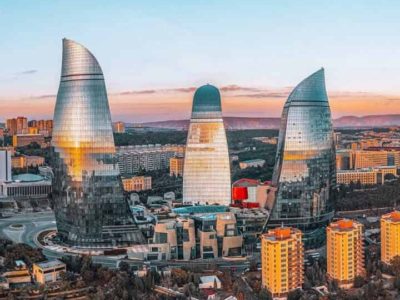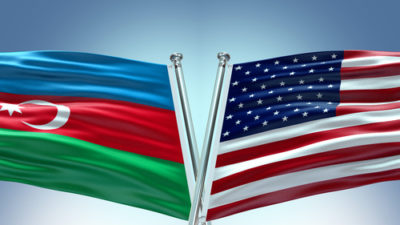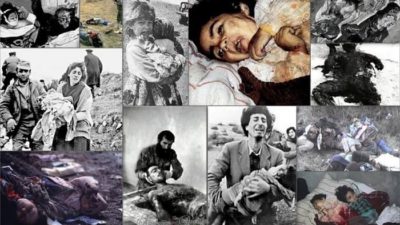In memory of humanity’s inhumane deeds.
Yes, we should also talk about Malibayli, Garadaqli, Bashlibel, the other massacres committed by Armenians in Karabakh.
The Khojaly Massacre
The 1st Nagorno-Karabakh War took place between Armenia and the Republic of Azerbaijan, from February 1988 to May 1994, in the Nagorno-Karabakh enclave in southwestern Azerbaijan.
On February 26, 1992, 31 years ago, the Khojaly Massacre took place. It was the mass killing of Azerbaijani civilians with the mercilessness and unthinkable barbarism of Armenian forces and the 1st, 2nd and 3rd battalions of the 366th CIS regiment. This happened in the town of Khojaly, de jure in the Khojaly District of Azerbaijan, in the Nagorno-Karabakh region.
One can address the Khojaly Massacre as one of the most terrible and tragic pages of Azerbaijan’s history, an atrocious episode that became the single largest massacre throughout the entire Nagorno-Karabakh conflict between Armenia and Azerbaijan.
The Khojaly genocide – a bloody 20th century tragedy – was one of the most serious crimes, the worst massacre, against the people of Azerbaijan. It has been compared to Khatin, Hiroshima, Nagasaki and Songmi genocides.

The Armenian purpose in Khojaly was twofold. One was to liquidate the Nagorno-Karabakh mountainous strategic region from its Azerbaijani residents’ hindrance. The other one was razing the city of Khojaly to the ground. Khojaly was then an inhabited place that reflected the history and traditions of Azerbaijan since ancient times.
On that dark day, February 26, 1992, the Armenian military committed a gruesome massacre. At the time the Armenian military forces’ attacked, there were some 3 thousand people in town due to the fact that a large part of the population left town during the 4-month blockade.
The Khojaly Massacre claimed the lives of 613 people – 63 children, 106 women, and 70 men – and 1000 peaceful people, of different age groups, were wounded and maimed. Additionally, 8 families were completely destroyed, 130 children lost one parent, while 25 others lost both parents. 1275 civilians were taken hostage and the fate of 150 of those is still unknown. Many town residents who attempted to flee were ambushed and killed by the Armenian troops.
The inhumane Khojaly atrocities are difficult to describe. The massacre pointed in one direction: Armenia committed genocide against innocent and defensless civilians and thus it violated the Geneva Convention Protocol concerning war rules of engagement.
Each of the surviving refugees of the Khojaly Massacre has a story to tell, whether to the media, the UN and the European Union (EU) members, and Organization on Security and Cooperation in Europe. International conventions and laws, accepted by most nations harshly criticize genocides, the like of the Khojaly calamity.
Since the Khojaly Massacre in 1992, massacres have taken place in other countries around the world. The world knows that such crimes against humanity are directed not only against one nation. Rather, against the entire civilized and not-so-civilized world; against mankind.
Other Murderous Events in Azerbaijan
Though the Khojaly Massacre was carved deep into the Azerbaijani nation’s memory and hearts, let us not forget the other malicious, murderous events in Azerbaijan.
For over 200 years, Azerbaijan has endured ethnic cleansing and massacres by Armenians. Armenia’s desire to build a state from sea to sea – Black Sea to Caspian Sea – led to the destruction of Azerbaijani towns and villages, the murder of thousands of innocent Azerbaijanis, as well as the exile of hundreds of thousands of Azerbaijanis from their native lands, where they lived for centuries.
Garadaghly
A week before the Khojaly Massacre, a military action against civilians took place in Garadaghly in Nagorno-Karabakh. Garadaghly village is de jure in the Khojavend District of Azerbaijan.
Prior to their expulsion during the 1st Nagorno-Karabakh War, the village had a majority Azerbaijani population. During the Soviet era, the village was part of the Martuni District of the Nagorno-Karabakh Autonomous Oblast.
Just before the Khojaly Massacre took place, in early February 1992, Armenian forces captured the village and also Malibeyli and Aghdaban villages and the village inhabitants were forcefully expelled. Consequently, at least 99 civilians died, 140 were injured and 26 citizens of Azerbaijan were reported missing after the forceful Armenian takeover.
Gushchular Villages
On February 10-12, 1992, before the Khojaly Massacre, during the 1st Nagorno-Karabakh War, Armenian irregular armed units simultaneously attacked Ashaghi-Gushchular, and Yukhari-Gushchular villages in the Shusha District, Azerbaijan.
Gushchular, administratively separated as Ashaghi Gushchular and Yukhari Gushchular, is located in the highlands of Karabakh region, close to the town of Shusha regional center. The villages, including Malibeyli village, had a population of nearly 4,000 people and shared the same village administration.
On February 10, 1992, at midnight, armed ethnic Armenian units of volunteers from Syria, Lebanon, the United States, and France, reportedly aided by Russian troops, stormed Malibeyli village. The women and children from Malibeyli fled to the Gushchular villages and inhabitants of both villages took positions and fought the enemy until 9 a.m. All roads to the nearby Shusha and Khojaly towns were cut off, with no way for the villagers to escape. The closest village was Abdal Gulbaly, in the Agdam District, which required passage through Armenian-held villages.
According to ‘Memorial,’ a Russian Human Rights organization, dozens of civilians were killed by the Armenian shelling during the expulsion of the Azerbaijani population from the two villages.


Kalbajar District
During the night of April 6, 1992, Armenian armed forces with the help of armed local Armenians who lived in Nagorno Karabakh attacked the Aghdaban village, in the Kalbajar District, located on the right shore of Aghdaban river, on the slope of Aghdaban Mountain, south foot of Murovdagh mountain range and 56 km from the center of the district.
The Aghdaban tragedy is another bloody page of Armenia’s aggression against Azerbaijan. The Armenians burnt the village, which consisted of 130 houses, unraveled the lives of 779 peaceful Ethnic-Azerbaijani people, killed 67 civilians, perpetrating a massacre. The Armenians destroyed historical, cultural and architectural structures and monuments; holy sanctuaries and cemeteries were desecrated and destroyed. The manuscripts of Azerbaijan’s classical ashug poetry virtuoso, Ashug Gurban, and his son Ashug Shamshir were burnt and plundered, a continuation of Armenian vandalism policy to destroy Azerbaijan’s cultural heritage.
Crimes perpetrated by the Armenian armed forces in Aghdaban and Chaygovushan villages, Kalbajar District, on April 8, 1992 and in Bashlibel village on April 1993, are considered genocidal acts against the Azerbaijani people.
Bashlibel Massacre
The Bashlibel Massacre, an atrocity wound from the first Karabakh War was recently reopened.
Reopening the wound
On April 29, 2021, 28 years after the Bashlibel atrocity, in a search for victims of Armenian terror, a mass grave was found. After the 2nd Nagorno-Karabakh War ended in November 2020, investigators found the remains of 12 civilians in Azerbaijan’s liberated Kalbajar District. They were murdered by the Armenian armed forces in 1993. The remains were found in a cave buried at a depth of 50 centimeters (19.7 inches).
“During the investigation, various household items were found at the scene of the crime – in the caves where civilians were hiding … cartridges and bullets proving the intentional killing of civilians were packed and registered in accordance with the requirements of criminal procedure legislation” ~ Azerbaijan’s Prosecutor General’s Office,
In order to determine the identities of the victims, DNA samples (deoxyribonucleic acid) were taken from the remains of the corpses to be matched with DNA of people who claimed to be close relatives of the dead persons.

History From 1993
On April 3, 1993, the Armenian armed forces attacked Bashlibel village, in Azerbaijan’s Kalbajar district, with a population of 1996 people. Looting and burning the villagers’ houses took place. Sixty-two Azerbaijanis who could not leave the village took refuge in natural caves, called “Portda,” in the mountainous terrain located at the highest part of the village. Two weeks later, Armenian soldiers found their shelter and began firing toward the caves, killing 12 civilians, including children, women and men. Another 14 people were captured, of which nine later died of emotional and psychological trauma.
The investigators revealed that 36 people managed to escape from the Armenian armed forces, but seven of them died from injuries they received during the siege. Those who managed to hide in shelters and survived escaped in July, 1993, after 113 days of a life-and-death struggle. To avoid the Armenian army’s siege they walked through secret mountain paths, which only they knew about and moved only at night.
Bashlibel’s mass murder of Azerbaijani civilians was part and parcel of Armenia’s systematic terror acts, committed by the Armenian armed troops during the 1st Nagorno-Karabakh War.
As described above, before the Bashlibel atrocity, on February 26, 1992, the Armenian armed forces organized the same genocidal acts in the town of Khojaly and in Kalbajar’s Aghdaban village on April 8-9 of the same year. The total death toll of Khojaly and Aghdaban massacres reached 680 combined.
War Crimes Investigation
Now that most of the Karabakh region and districts around it have been liberated, Azerbaijan’s Prosecutor General’s Office will continue its investigation of Armenian crimes against Azerbaijanis.
Over 30,000 ethnic- Azerbaijanis were killed in the War; one million others were expelled from their homes, ending up as Internally Displaced People, due to the brutal ethnic cleansing policy conducted by Armenia during the 1991-1994 1st Karabakh War.
Today, 30 years after the horrors of the 1st Nagorno-Karabakh War and over a year after the 2nd Karabakh War liberation victory, Azerbaijan looks forward to a peaceful and prosperous future.
